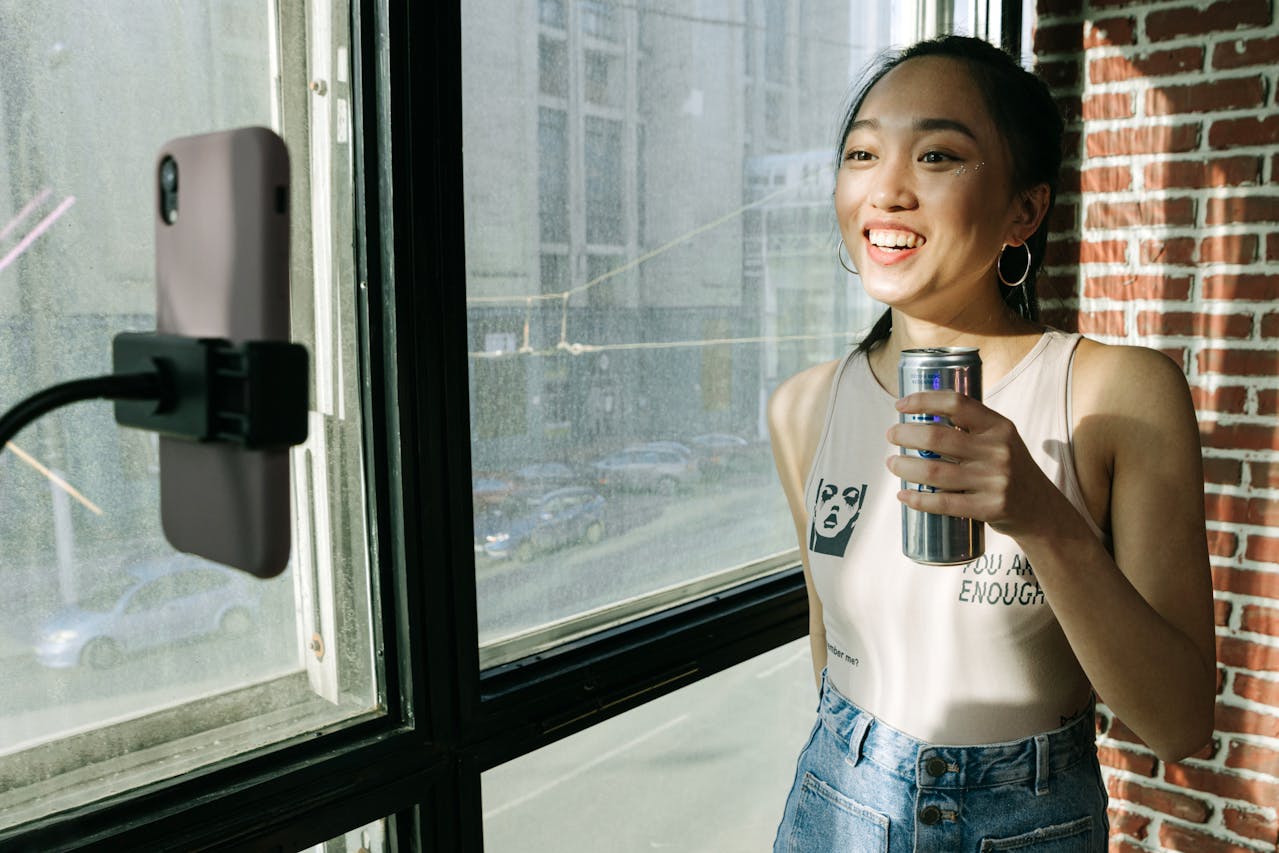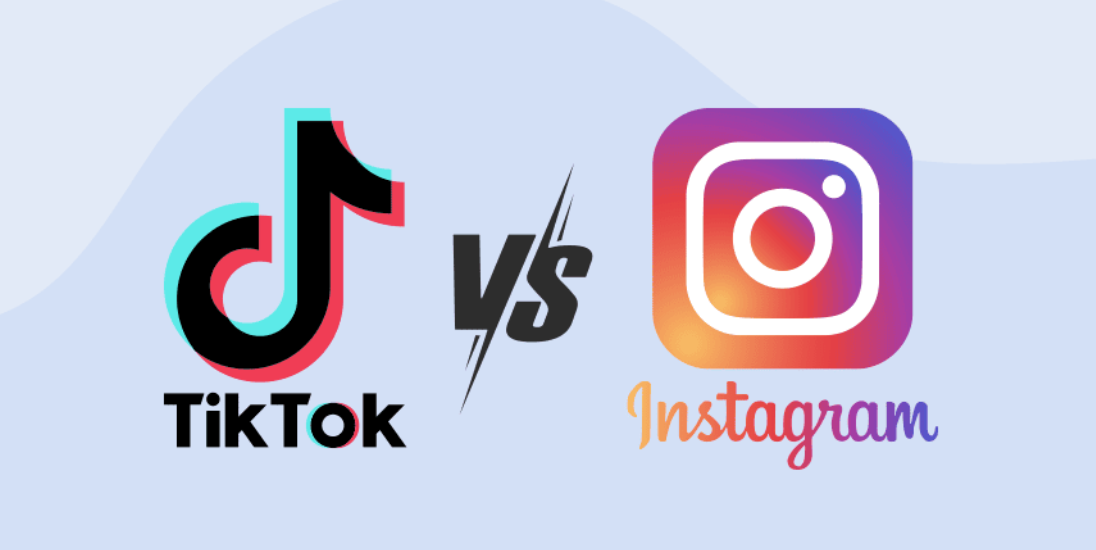Influencer marketing shifts each year. You face new tools, new formats, and new expectations from audiences. One of the biggest choices you face today is simple to explain and hard to execute. You must decide if you want to work with AI influencers or human influencers. Each option plays a different role. Each option supports different goals. The results depend on your brand, your audience, and your intended outcome.
What AI Influencers Are and How They Work
AI influencers offer high control, fast production, and predictable output. Human influencers offer experience, trust, and personal stories. When you run a D2C brand, a B2B brand, or an agency with many clients, you need to know when to use each one. Some campaigns need scale. Others need credibility. Your choices influence reach, engagement, and the trust you build over time.
AI influencers exist as digital personalities built with modeling tools or generative models. Some look fictional. Some look photoreal. They follow predefined stories. Their creators direct every detail, from tone to visual style. They remain stable. Their voice does not change. Their opinions do not drift. They produce content on demand without scheduling issues. They support strict visual systems. They help with consistency across large content pipelines.
Creators build AI influencers through language models, image models, motion capture, and rendering tools. Many use large training datasets to shape expressions, poses, and features. Others use face rigs for smooth movement. Some assign personality traits through text models that guide captions and comments. The result is an influencer who performs without fatigue or emotion. They follow your direction with accuracy.
You see well known examples on major platforms. Lil Miquela, Shudu Gram, Aitana Lopez, and Tilly Norwood. Each one holds a defined image and tone. Their consistency attracts followers who respond to their style, visuals, and predictability. They influence trends in fashion, beauty, and creative campaigns because they never break character.

What Human Influencers Provide
Human influencers work in a different way. They build audiences through daily life, emotion, and experience. They share routines. They share strong moments and weak moments. They speak to followers in real time. Their opinions form through lived behavior. They show what they believe and why they believe it. People respond to this. They trust what feels real.
A human influencer brings context that no synthetic personality can match. They show how they use a product at home or outdoors. They show why a routine helps them. They explain problems they faced. They answer questions in comment sections. They respond to feedback. This creates a bond between the influencer and the audience. Trust grows from this consistent presence.
Brands rely on human influencers when they need depth. D2C brands choose them for lifestyle products, personal care items, or anything tied to daily habits. B2B brands choose them for expertise. Founders, specialists, and industry voices support credibility when buyers expect knowledge and experience.

Key Differences You Need to Know
The difference between AI and human influencers becomes clear when you compare cost, control, trust, and risk. AI influencers reduce long term production expenses after the initial development. You avoid travel fees. You avoid time conflicts. You avoid production delays. You produce large volumes of content without involving traditional crews.
Human influencers bring higher fees per post or partnership. Their time is limited. Their presence adds cost. You invest in their personality and audience access. The value comes from real connection, not efficiency.
Control is higher with AI influencers. You define tone, posting time, and visual direction. You adjust scripts and images in minutes. You set the entire narrative. Nothing shifts unless you choose to shift it.
Human influencers bring their own ideas. Their voice and personality shape the message. You gain originality. You lose strict control. The outcome depends on the influencer’s style.
Trust differs sharply. AI influencers follow scripts. They do not have emotions. Their stories remain fictional. They do not experience real product outcomes.
Human influencers build trust because they show real life. Followers know why they prefer certain products. They see how habits form. They rely on the influencer’s judgment. They treat these voices as guides rather than characters.
Risk also differs. AI influencers do not face scandals, personal issues, or sudden changes in opinion. They stay predictable. They remain safe for long term partnerships.
Human influencers bring more risk. They have personal lives. They hold opinions that shift. They face pressures and mistakes. Their reputation influences your brand.
Performance data shows a mixed picture. Research indicates that AI influencers drive purchase intention. People respond to strong visuals and consistent storytelling. Even so, human influencers still achieve higher credibility. Trust remains the factor that drives deeper engagement. People comment more when they see real experience. They ask for advice. They share results. This produces richer conversation threads.
Engagement patterns reflect this. AI influencers attract interest through novelty and strong visuals. Human influencers attract long discussions. People respond to emotional content from a real person. This creates stronger long term audience behavior.
One more factor appears in recent studies. Audiences expect clear disclosure when an influencer is AI generated. When people feel misled, trust drops. Algorithm aversion also plays a role. People tend to rely on human input even when AI output is accurate. Transparency helps reduce confusion.

Strategic Use and Recommendations
AI influencers fit many strategic needs. They work well when a brand needs consistency in tone and visuals. This supports industries where compliance matters or where brand voice must stay narrow. They also help during global campaigns. They post at any time and adjust to any language. When brands want continuous content output, AI influencers provide the scale.
AI influencers also support creative formats that humans cannot deliver. You build worlds. You build settings outside physical limits. You design extreme scenarios. This suits concept-driven campaigns that depend on visual experimentation.
Human influencers fit different needs. They build trust and community through personal presence. D2C brands rely on them when lifestyle signals influence buying decisions. People want to see how a real person uses a product. Personal stories support this.
Human influencers matter even more during live events or real time engagement. Panels, product tests, and Q and A sessions rely on a human presence. Real reactions influence audience confidence.
In B2B, human presence becomes essential. Industry buyers expect knowledge and experience. They want to hear from founders, analysts, or recognized specialists. An AI personality does not hold formal experience. This creates a gap in authority.

Many brands choose a hybrid system. This gives them scale while protecting authenticity. AI influencers support large volumes of content, repeating key messages and running visual sequences. Human influencers provide credibility. The story flows across both. The AI persona introduces the concept. The human influencer explains how they use the product in daily life. The brand gains reach and trust in one system.
Human influencers also use AI tools to increase production. They adjust languages, shorten editing time, and test formats faster. Their identity remains intact. Their voice stays real. The technology supports them without replacing them.
Agencies benefit from hybrid systems when they manage many clients. AI provides a foundation for consistent posting. Human influencers deliver personal depth for key campaigns. This mix keeps the workload manageable while preserving authenticity.
Brands need to manage risks and ethics when they use AI influencers. The first rule is transparency. You must label AI generated personalities clearly. This protects trust and reduces regulatory risk. Some regions require direct disclosure. Some require clear notes on AI generated visuals.
You also need rules for identity rights. AI influencers often resemble real people in some features. Brands need clear agreements on ownership. You must prevent misuse and avoid conflicts with real individuals. This protects both the brand and the creator.
Algorithm aversion influences audience behavior. People respond poorly when they believe they interacted with AI without disclosure. Clear labeling prevents backlash. It avoids comment threads filled with negative reactions.
Regional guidelines matter. Each region sets its own rules for synthetic content. You must track these regulations and update your policies.
Your final choice between AI and human influencers depends on your goals. If your campaign needs scale, speed, and strict control, AI influencers help. They suit global launches, creative worlds, and heavy production cycles. If your campaign needs trust, depth, and emotional connection, human influencers help. They support lifestyle based products and expert driven sectors.
Many brands build systems that use both. AI offers volume. Humans offer connection. When you combine them with clear intent, you create reliable output and strong engagement. The key is simple. Define your goals. Match the influencer type to your plan. Build clear metrics that show you how each one performs. Then adjust with precision. This approach gives you reach, clarity, and long term audience alignment without sacrificing trust.
About Avalan
Automatic tracking of posts, Stories, Reels and TikToks saves you time and ensures you always know what’s live. Collaboration, content approval and performance dashboards are all handled in one place - no more spreadsheets or scattered workflows.
Whether you're a D2C brand scaling campaigns, a B2B marketer building trust, or an agency managing multiple clients, Avalan gives you smart tools to run smarter influencer programs, faster and with confidence..




.webp)

.svg)
